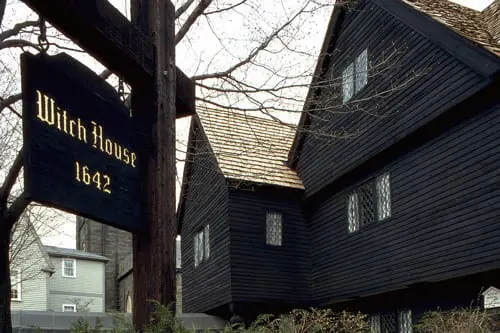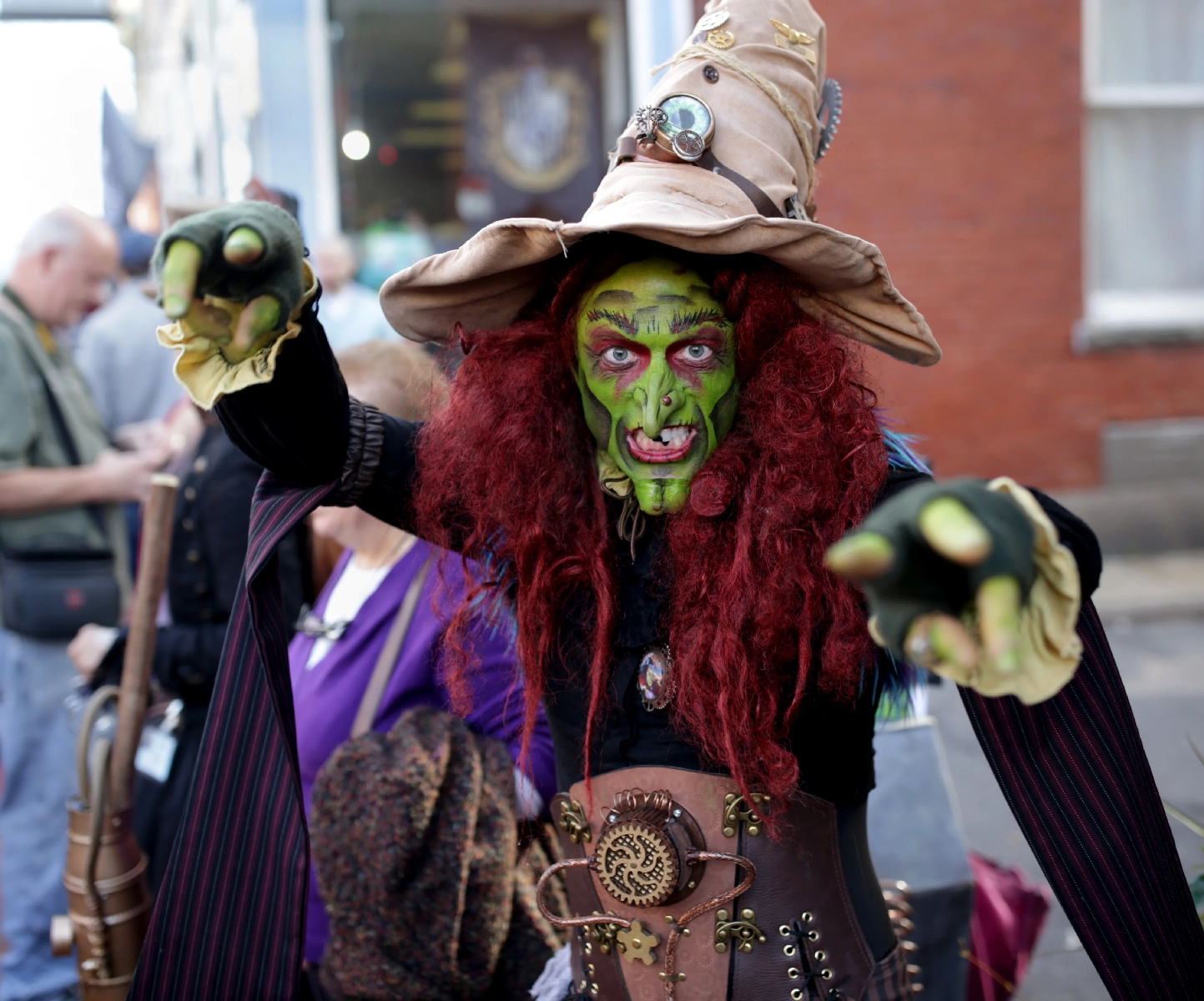Welcome to Salem
Although perhaps best-known for the infamous Salem Witch Trials, Salem also has an illustrious maritime history. By 1790, Salem was the sixth largest city in the United States, with much of that due to its thriving seaport. During the 18th and 19th centuries, codfish, sugar, molasses, tea and silks were transported back and forth from such exotic locales as China, the West Indies, Russia, Africa and Australia. In the mid-1840s, Nathaniel Hawthorne, author of the classic novel The Scarlet Letter, managed Salem’s port, working in the Custom House across from Pickering Wharf.
Today, the city offers visitors a wealth of historic and modern activities. Salem is also located just a short distance from Boston, with a train and seasonal ferry available to bring you into the city and back again.
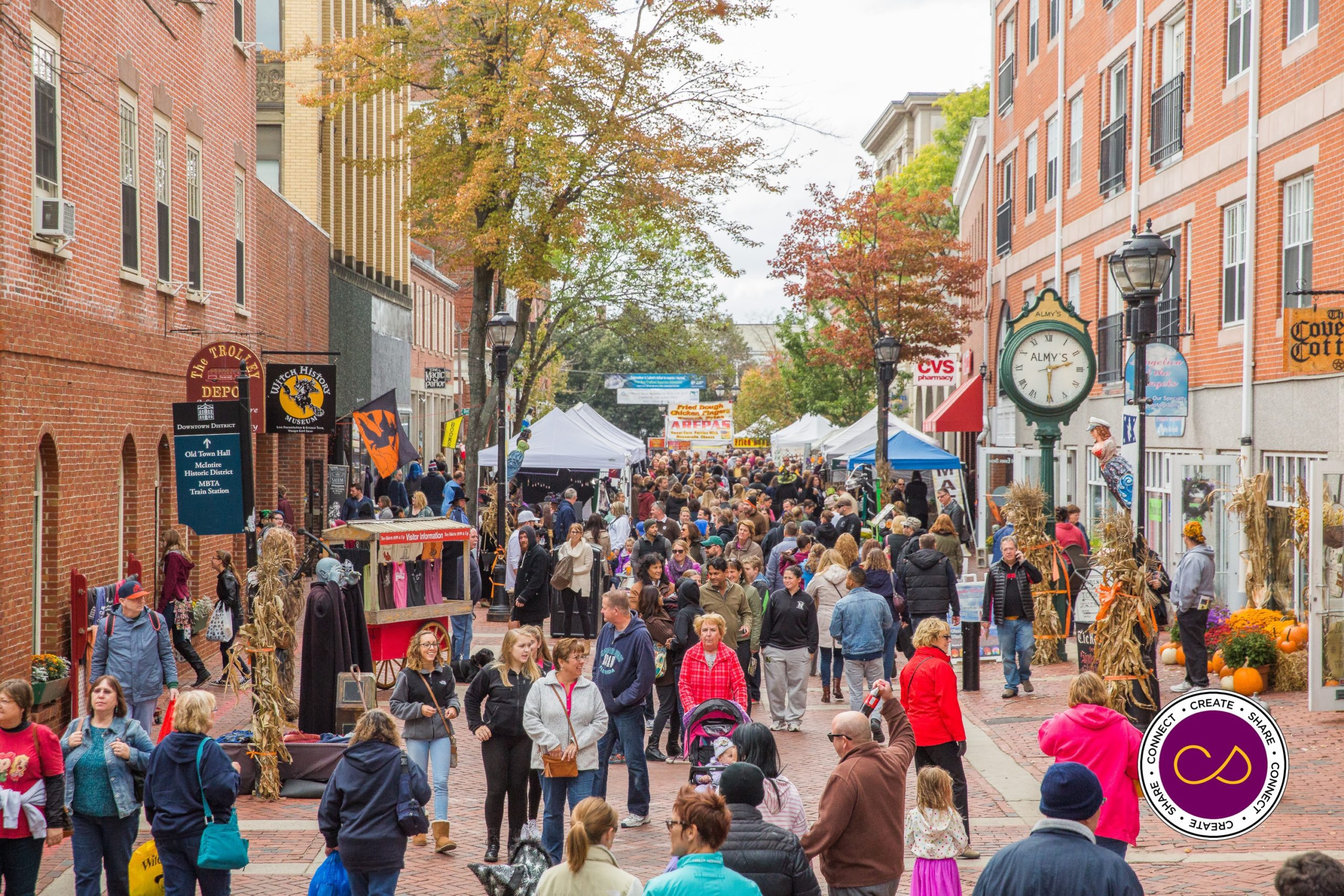
Explore Destinations
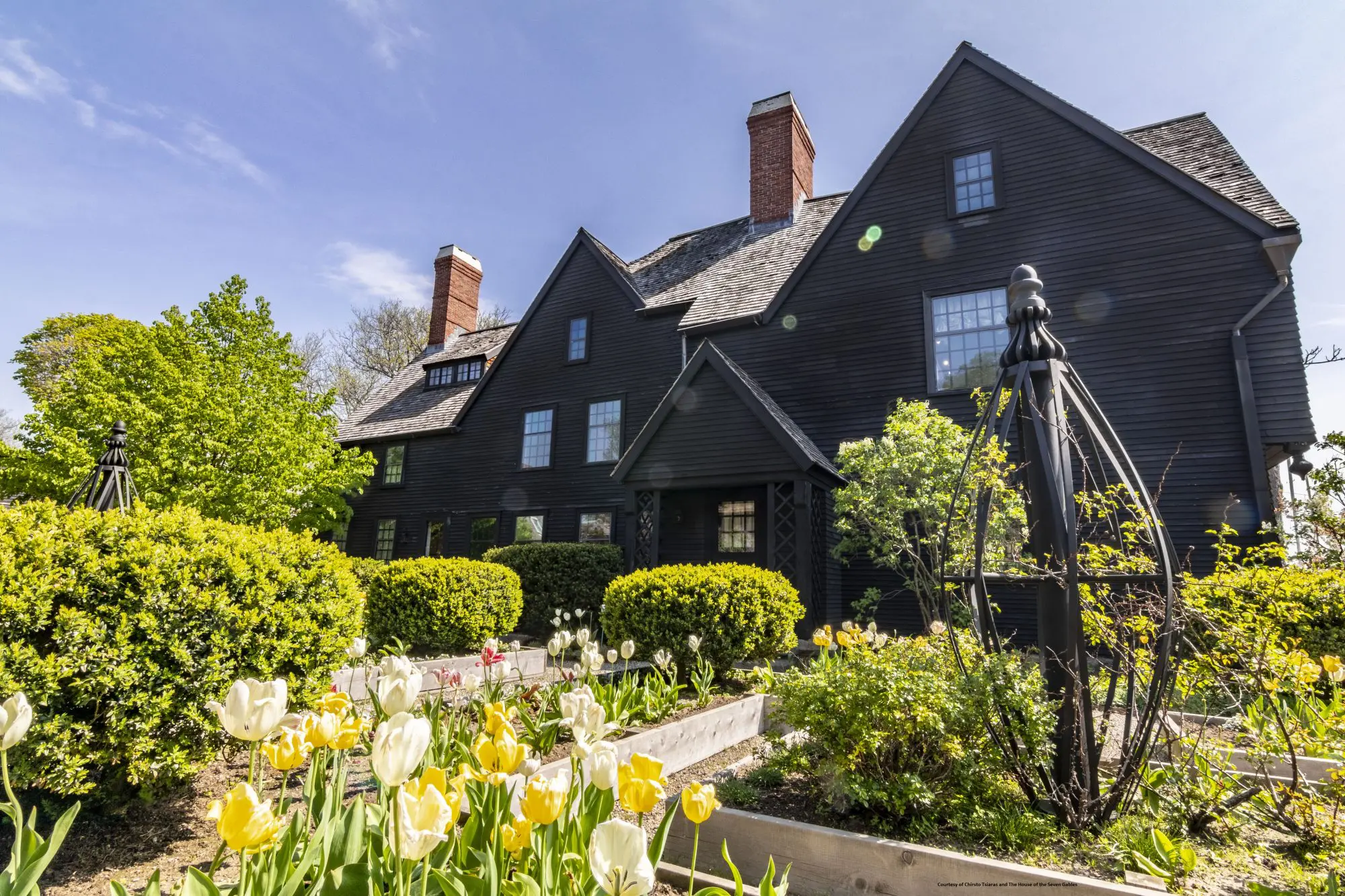
The House of the Seven Gables
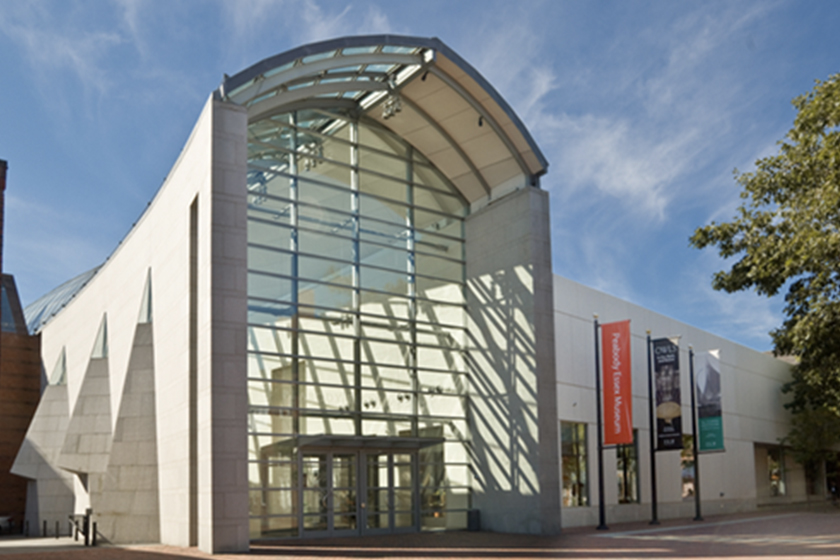
Peabody Essex Museum
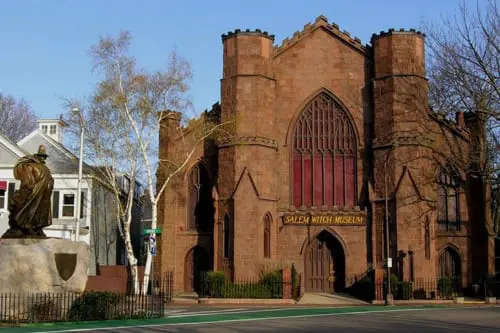
Salem Witch Museum
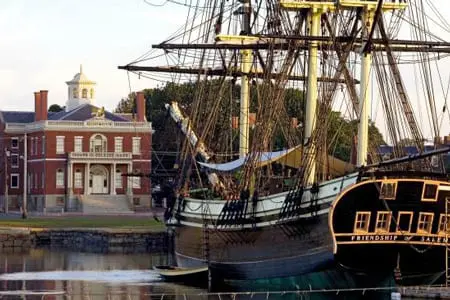
Salem Maritime National Historic Site
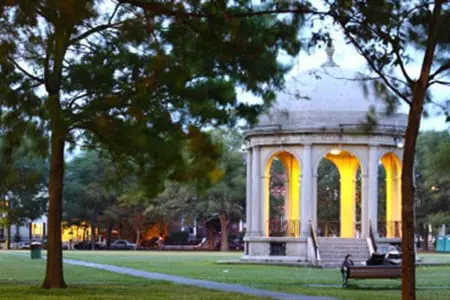
Salem Common Historic District
